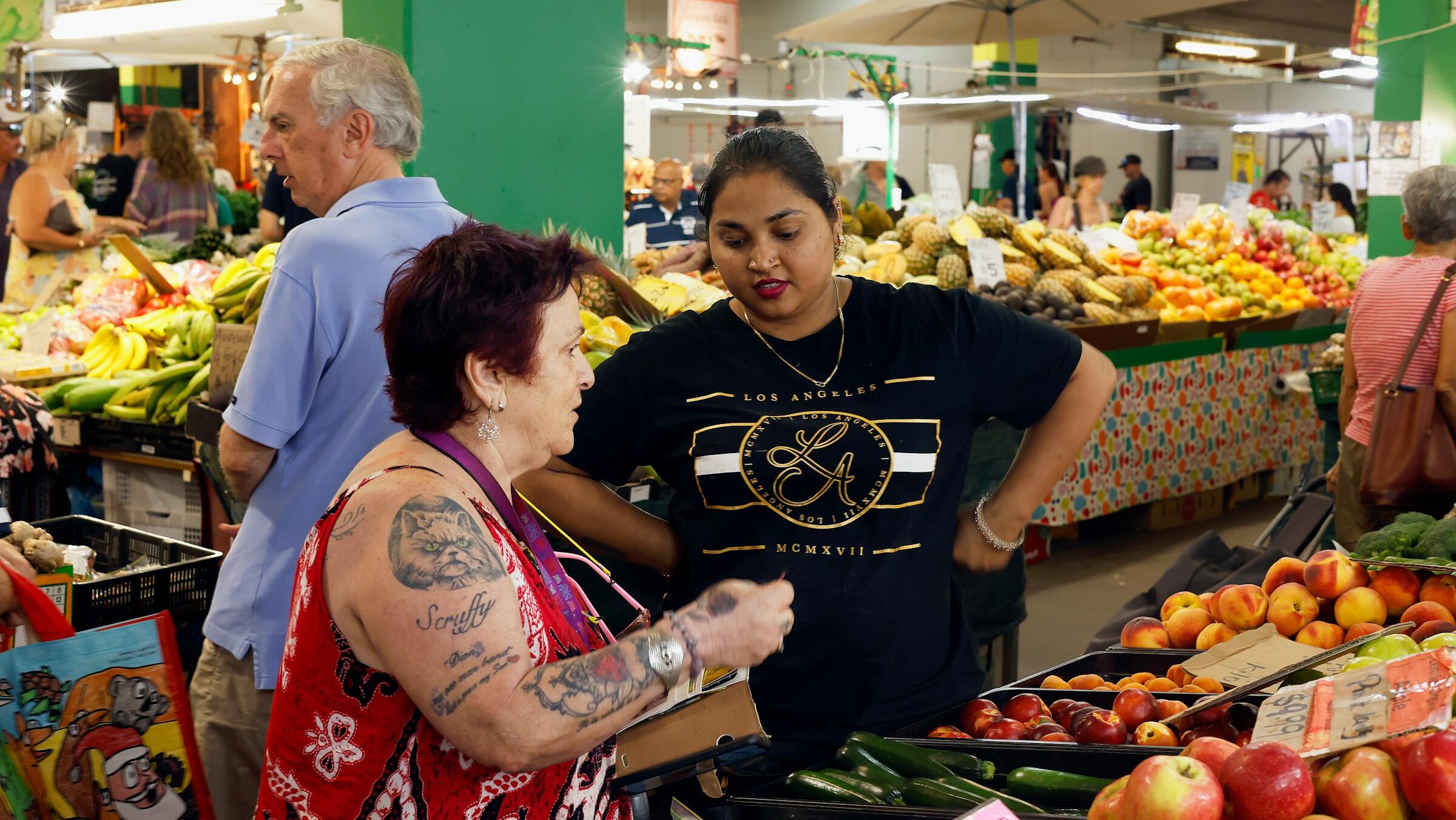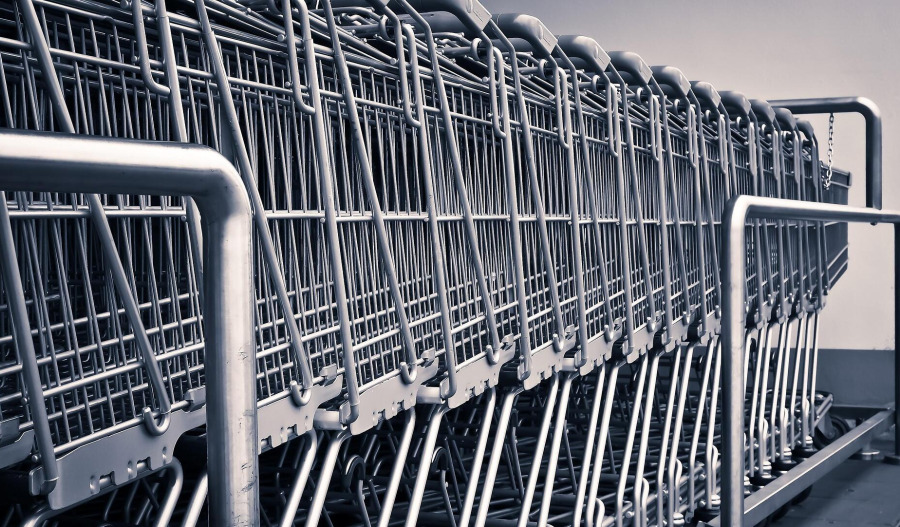Australia’s inflation surged in July, with consumer prices rising 2.8% annually, marking the fastest pace since July 2024, according to the latest monthly figures from the Australian Bureau of Statistics (ABS).
The increase followed June’s 1.9% rise and exceeded economists’ expectations of 2.3%.
"This is the highest annual inflation rate since July 2024, following several months of easing inflation," ABS head of prices statistics Michelle Marquardt said.
Underlying pressures also strengthened, with the annual trimmed mean — a measure of core inflation — climbing to 2.7% in July from 2.1% the previous month.
The Reserve Bank of Australia (RBA), in the minutes of its August meeting released on Wednesday, said headline inflation was expected to rise further over the second half of 2025 before easing back to the middle of its 2–3% target band.
The central bank currently forecasts inflation to hit 3% in December.
Housing, food and tobacco lead gains
Housing costs, including electricity, rose 3.6% over the year and were the biggest contributor to July’s consumer price index (CPI). Food and non-alcoholic beverages increased 3%, while alcohol and tobacco surged 6.5%.
Fruit and vegetable prices climbed 4.8%, driven by higher avocado, grape, and raspberry costs, though this was a slight moderation from June’s rise.
"Higher cocoa bean prices and egg shortages have contributed to price rises for snacks and confectionery (+5.6 per cent) and eggs (+18 per cent) in the 12 months to July," the ABS noted.
Rental price growth slowed, with rents rising 3.9% in July compared with 4.2% in June and 4.5% in May.
"This is the lowest annual growth in rental prices since November 2022, consistent with stable vacancy rates across most capital cities," the ABS said.
Transport costs ease, holidays more expensive
Transport provided relief, with fuel prices falling 5.5% in the year to July, continuing declines seen in May and June.
Holiday travel and accommodation costs, however, reversed their June weakness, rising 3.3% over the year to July as domestic holiday prices increased during the school break period.
The data reinforces the RBA’s cautious stance on interest rates, with markets split on whether the central bank will cut rates later this year as inflation remains sticky across key consumer categories.



